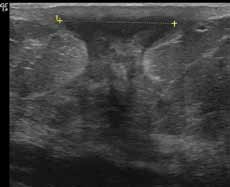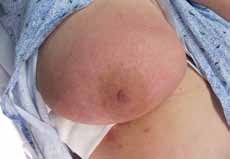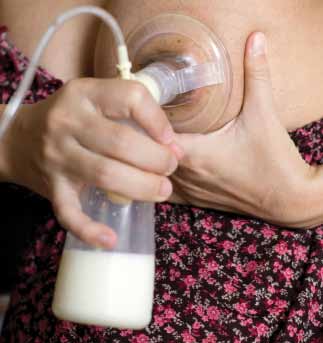Nanotherapeutics files investigational new drug application for nanodox(tm) hydrogel to treat lower extremity diabetic ulcers
Nanotherapeutics Files Investigational New Drug Application for NanoDOX(TM) Hydrogel to Treat Lower Extremity Diabetic UlcersSeptember 04, 2008 08:50 AM Eastern Daylight Time Nanotherapeutics Files Investigational New Drug Application for NanoDOX™ Hydrogel to Treat Lower Extremity Diabetic Ulcers ALACHUA, Fla.--(BUSINESS WIRE)--Nanotherapeutics, a privately held specialty biopharmaceutica
 Lactational mastitis
Lactational mastitis 
 Lactational mastitis and breast abscess – diagnosis and management in general practice CLINICAL
Lactational mastitis and breast abscess – diagnosis and management in general practice CLINICAL CLINICAL Lactational mastitis and breast abscess – diagnosis and management in general practice
CLINICAL Lactational mastitis and breast abscess – diagnosis and management in general practice Lactational mastitis and breast abscess – diagnosis and management in general practice CLINICAL
Lactational mastitis and breast abscess – diagnosis and management in general practice CLINICAL